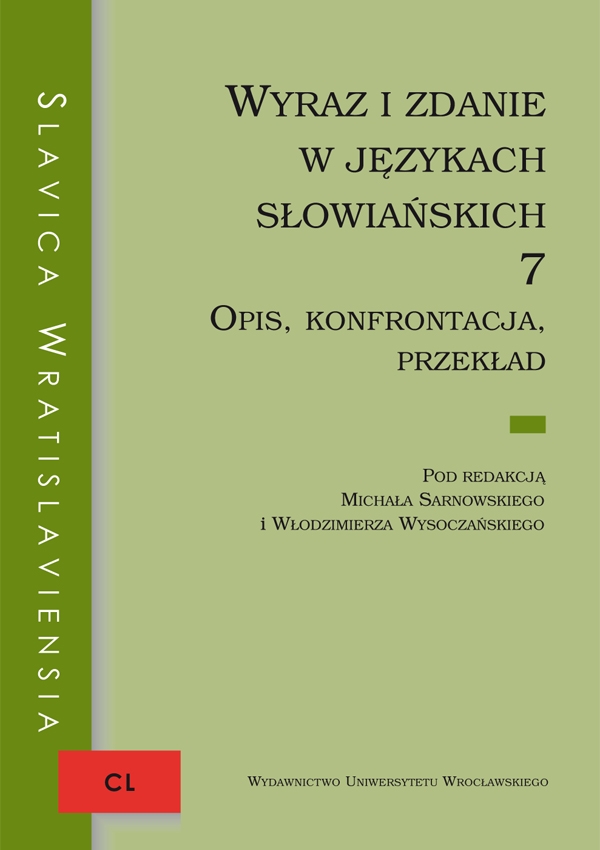

Artykuły

Semantic aspects of the Slavonic modal expressions in sentence context applied to verbs of mít – mieć type
The Author’s interpretation of contextual usage of the verbs mít – mieć to have is based on a conception of modality that works on the application of logical categories of possibility and necessity to the structure of natural languages. In confrontation with other modals this verb has its specific traits, the most important of which are the following: i. it does not form the future tense, ii. in connection with the negation it does not make a difference between the internal and external negation; that is to say, the logically expected transition into the complementary area of modality does not take place, which, on the contrary, is the case in modal verbs with the meaning “have to” and “may”. From the genetic point of view, there are some interesting meaning variants of the verb mít, which expand into the domain of future tense and evidential modality. In the Old Church Slavonic texts the verb iměti has either the proper deontic modal meaning, or some other modal semantic values which oscillate between modality and temporal future meaning.